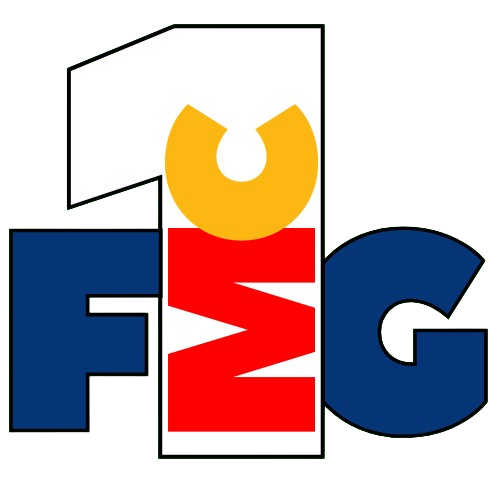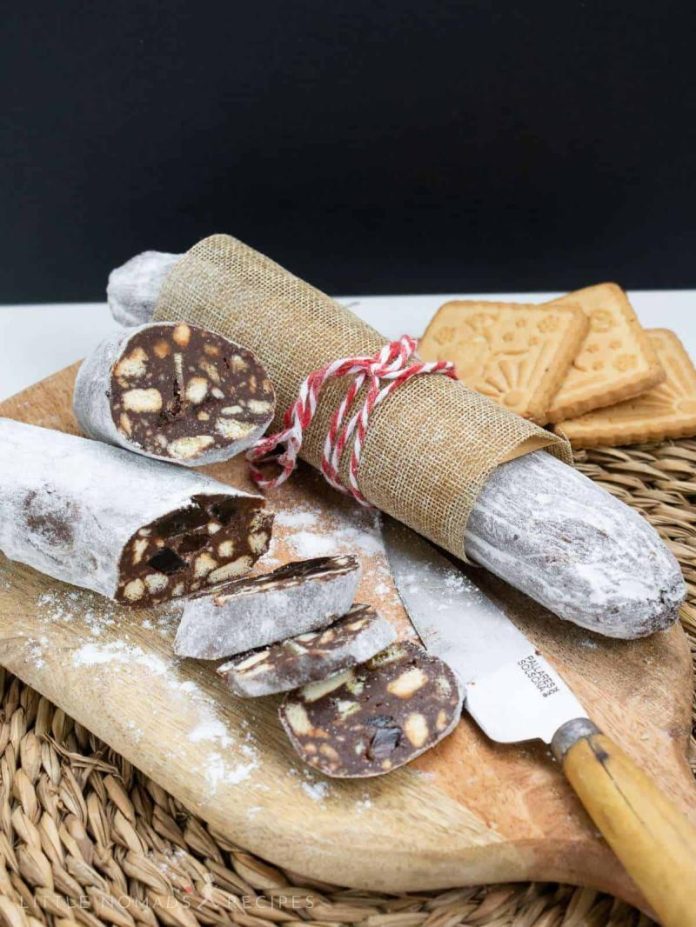Russia’s Chocolate Market Shows Resilience and Growth Potential
Russia’s chocolate market is poised for significant expansion, despite ongoing economic uncertainties and shifting consumer behaviors. Valued at USD 6.3 billion in 2022, the sector is projected to grow at a compound annual growth rate (CAGR) of 6.73% through 2028, driven by rising demand for premium offerings, increased gifting occasions, and evolving taste preferences.
Demand for Premium and Functional Chocolates Rising
Consumers are increasingly seeking high-quality, indulgent chocolate experiences. Market players such as Nestlé, Mars, and Mondelez are responding with innovations in flavor profiles and dietary-specific products. There’s also a growing appetite for dark chocolate and organic variants, aligned with the global trend toward health-conscious indulgence. Brands introducing chocolates with added functional ingredients—such as vitamins, botanicals, or reduced sugar content—are gaining traction, especially among younger demographics.
Online Retail Channels Gaining Ground
While traditional brick-and-mortar remains dominant, e-commerce is becoming an increasingly important distribution channel. Russia’s rising internet penetration and improvements in last-mile delivery logistics have enabled brands to tap into regional demand more efficiently. Additionally, direct-to-consumer (DTC) models are providing manufacturers opportunities to build stronger brand loyalty and collect actionable consumer insights.
Seasonal Sales and Gifting Fuel Consumption
Chocolate continues to be a staple in Russia’s seasonal and holiday celebrations, contributing to consistent spikes in demand. Valentine’s Day, New Year’s, and International Women’s Day remain peak periods for chocolate purchases, often in the form of boxed assortments and premium gift packs. FMCG companies are leveraging targeted marketing campaigns and limited-edition SKUs to drive value during these key retail moments.
Competitive Landscape Remains Intense
The Russian chocolate sector remains highly competitive, with major global players competing alongside strong domestic brands like Babaevsky and Slavyanka. Product innovation, strategic partnerships, and localized flavor developments are central to maintaining market share. Companies are increasingly investing in sustainable sourcing and eco-friendly packaging to meet rising consumer expectations around environmental responsibility.
As consumer preferences evolve and the market continues to recover from macroeconomic headwinds, the Russian chocolate industry stands out as a resilient and promising segment within the broader FMCG landscape

